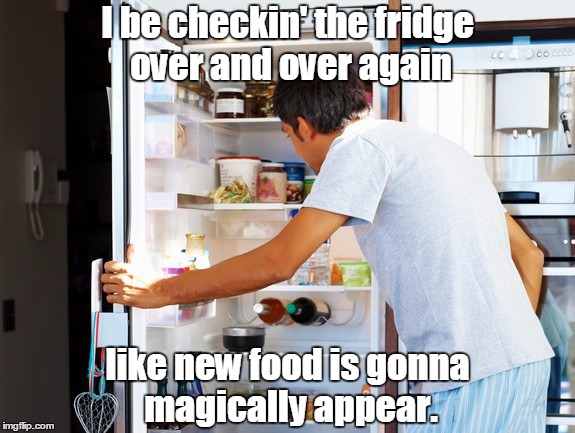Which Food Has Been Refrigerated Properly?
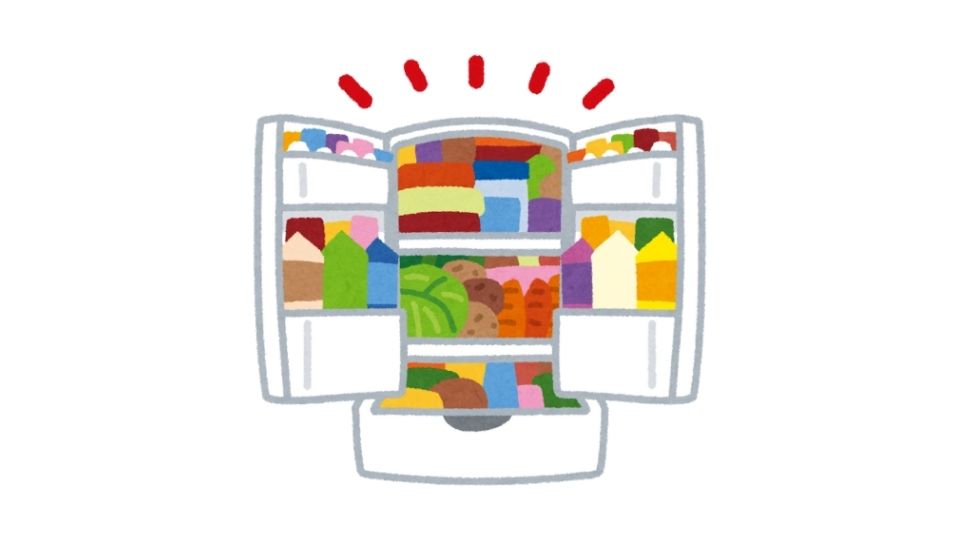
Is your fridge a food safety nightmare?
You might be storing your food all wrong and not even know it.
I was shocked to learn that the way I arranged my fridge (random chaos) was actually creating the perfect conditions for cross-contamination and foodborne illness.
But don’t worry – I did the research so you don’t have to. Let’s dive into what makes food “correctly refrigerated” and how to keep your family safe from the gross bacteria lurking in your fridge.
How to Know Which Foods Have Been Refrigerated Correctly
The three most important factors in proper refrigeration are:
- Temperature (too warm = bacteria party)
- Placement (to prevent cross-contamination)
- Packaging (proper containers matter more than you think)
Let’s break it down in detail so you can see exactly what you need to fix in your fridge tonight.
1. Temperature: The Golden Rule of Food Safety

If there’s only one thing you remember from this article, make it this: keep your fridge at or below 41°F (5°C).
Why? Because at temperatures above 41°F, bacteria reproduce like crazy. The ideal temperature range for your refrigerator is actually between 34°F and 40°F – cold enough to slow bacterial growth but not so cold that your lettuce freezes.
How do you know if your fridge is hitting these temperatures? Get a fridge thermometer. They’re cheap insurance against food poisoning.
Fun fact: After power outages, if your fridge temperature rises above 41°F for more than 2 hours, you should probably toss perishable foods. Sorry, but better safe than hugging the toilet all night!
2. The Shelf Hierarchy: Where You Store Food Matters
Your fridge isn’t just a random box of cold – it’s a carefully designed system with a specific order.
Think of your refrigerator like a building, with the safest apartments on top:
Top shelf: Ready-to-eat foods, leftovers
- These foods won’t be cooked again, so they need the safest spot
Upper-middle: Seafood
- These need lower cooking temperatures than other meats
Middle: Whole cuts of beef and pork
- These require medium cooking temperatures
Lower-middle: Ground meats
- These need higher cooking temps and are higher risk
Bottom shelf: Poultry (whole and ground)
- Raw chicken juice should NEVER drip on other foods
This arrangement prevents “meat juice waterfall” where raw chicken drippings contaminate your ready-to-eat foods. Gross, right?
According to FDA food code guidelines, this shelf order follows the minimum internal cooking temperature requirements for different foods.
3. Proper Packaging Prevents Problems
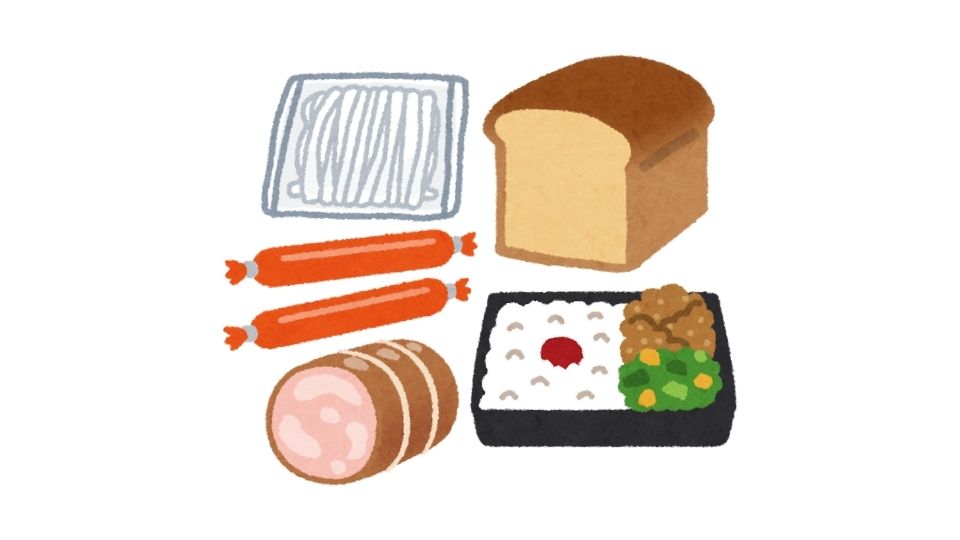
Ever had slimy lettuce or mystery meat that dried out faster than you expected? That’s a packaging problem.
Foods stored correctly should be in:
- Airtight containers to prevent cross-contamination
- Moisture-proof packaging to maintain quality
- Appropriate materials for refrigeration temperatures
Never store food in open cans in the fridge. The USDA recommends transferring the contents to a proper storage container because metals can leach into your food (especially acidic foods like tomatoes).
4. Food-Specific Refrigeration Guidelines
Different foods have different refrigeration needs:
Proteins and Leftovers
Cooked proteins should be refrigerated within 2 hours (1 hour if it’s above 90°F outside). Store them in shallow containers so they cool quickly.
Fruits and Vegetables
Most do best at 35-40°F. But remember that some produce like bananas and tomatoes shouldn’t be refrigerated at all – their texture and flavor get destroyed.
Dairy Products
Store between 34-38°F, preferably in the main body of the fridge, not the door (where temperatures fluctuate).
Eggs
Keep them at 33-37°F in their original carton. Don’t use those fancy egg holders in the door!
How I Fixed My Refrigerator Habits
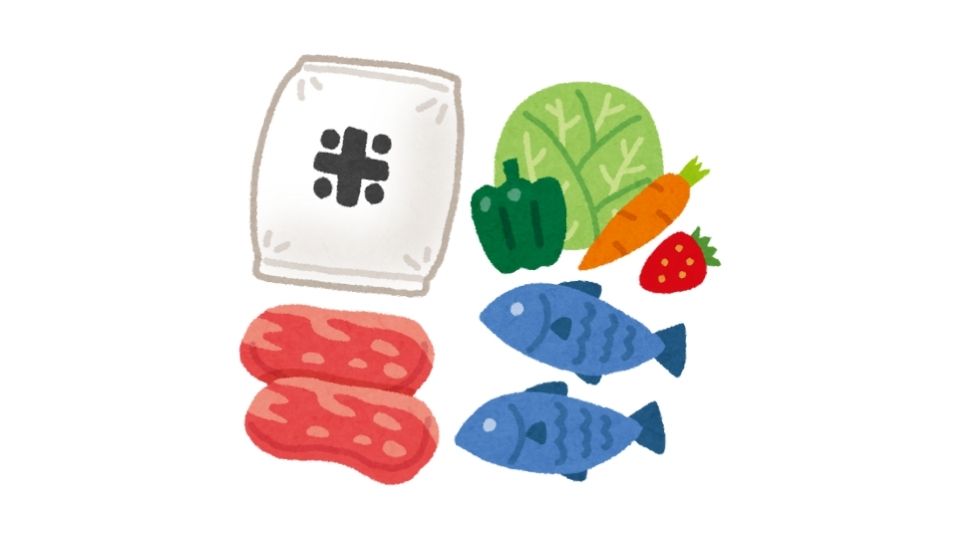
After learning all this, I completely reorganized my fridge. Here’s what made the biggest difference:
- Regular cleaning – I now wipe down shelves weekly and toss anything suspicious
- Proper airflow – Stopped cramming every inch with food (air needs to circulate!)
- First In, First Out – Newer purchases go behind older ones
- Container upgrade – Invested in good glass containers with airtight lids
The result? Food stays fresh longer, I waste less money on spoiled groceries, and most importantly – nobody’s gotten sick. Win!
Bottom Line: Is Your Food Correctly Refrigerated?
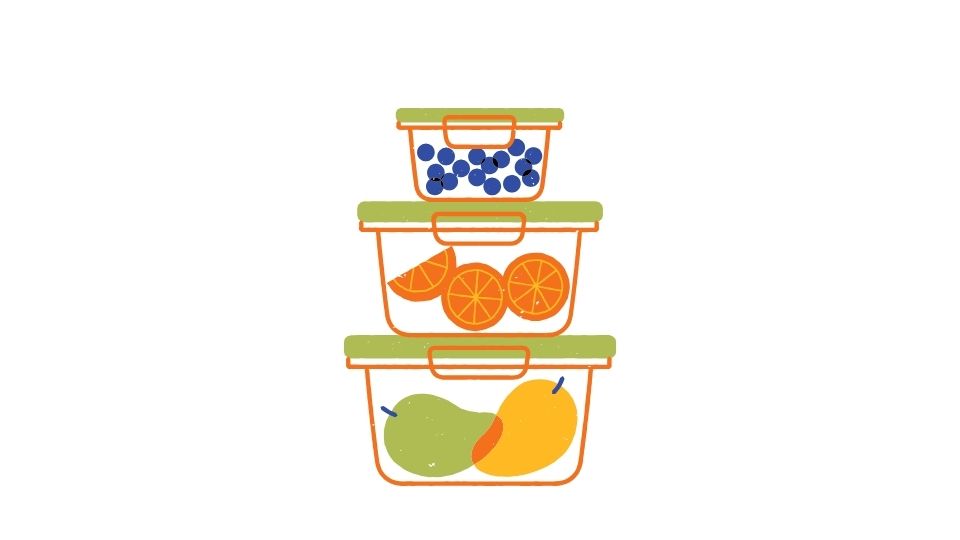
Your food is refrigerated correctly if:
- It’s kept at or below 41°F (ideally 34-40°F)
- It’s stored on the right shelf based on what type of food it is
- It’s in proper containers that protect it from contamination
- It was refrigerated promptly after cooking or purchase
- It hasn’t been stored in the danger zone temperature for too long
Fixing your refrigeration habits is one of those small changes that has big impacts on your health. Plus, your food will last longer and taste better – more money in your pocket!
Who knew something as simple as fridge organization could be so important? Now go check your refrigerator temperature and reorganize those shelves!

